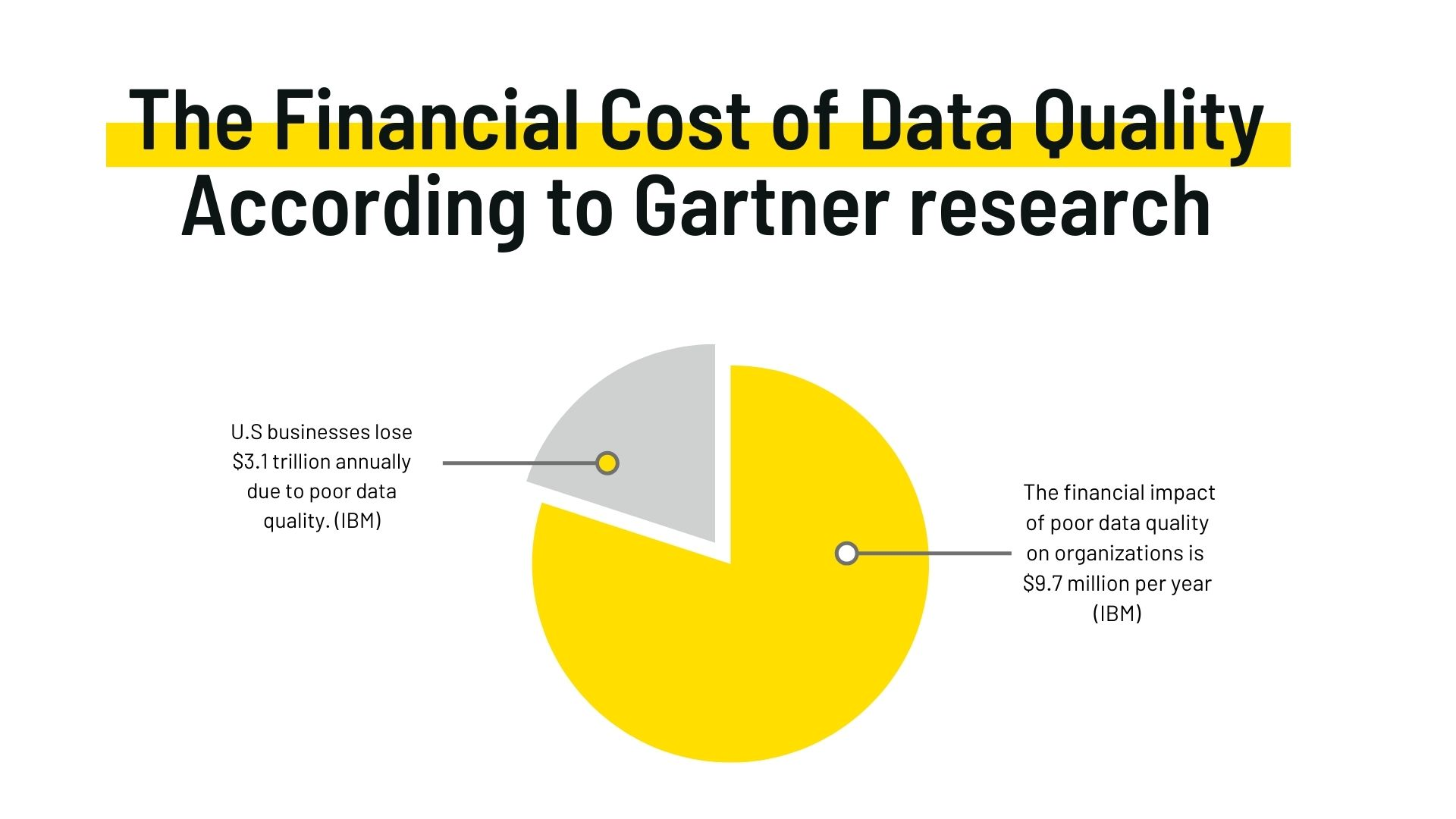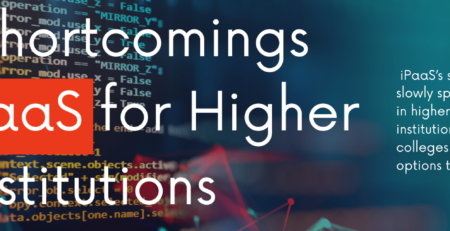5 Ways Healthy Data Can Improve Operational Efficiency and Create Better Processes for Your Institution
The importance of data is boundless in an industry where an abundance of valuable student information keeps circulating from one system to another. Converting this data into usable insight can improve information flow across Higher E d institutions. However, institutions require a healthy data pipeline that’s streamlined, normalized, aggregated, and deduplicated.
Most higher education institutions have a complex software ecosystem and are looking for ways to improve operational efficiency. Using an advanced integration platform that emphasizes healthy data is the key to boosting efficiency, saving time and money by eliminating manual data entries.
Using Healthy Data to Improve Operational Efficiency and Create Better Processes
Higher Ed institutions generally use iPaaS platforms like Jitterbit, Dell Boomi, and Informatica to facilitate data exchange. However, these platforms require a lot of manual work to connect different applications. As a result, these institutes face several problems, including:
- Gaps in student records
- Breaks in the data supply
- Unconnected records due to poor data collection
- Unhealthy data, such as incorrect, mismatched, or inaccurate information like student addresses, phone numbers, etc.

Here are 5 ways healthy data can improve operational efficiency and create better processes for your institution:
1. Analytics & Reporting
Healthy data can facilitate reporting of key quality indicators to higher Ed institutions and improve student information surveillance by automated entries into an advanced integration platform. With accurate and relevant data, campus administration, teachers, and students can eliminate confusion regarding schedules, tuition, fee, student aid, and performance reports, etc.
2. Communication
Data and communication are like bread and butter. Healthy data can determine the best ways to keep different college departments and students in the loop. The biggest problem institutes often face is channel selection. With AMSA Connect, administration and departments can effectively communicate with each other on a single platform in real-time.
3. Duplicate Resolution
Another issue many higher ed institutes face is data duplication, such as repeated student files, applications, and documents, etc. Healthy data is a product of data deduplication that eliminates duplicate copies of repeating data to not only improve storage utilization but also ensure proper data usage.
4. Data Verification
Data verification is one of the most crucial activities on campus, especially during admissions and enrollment. It ensures the information you have gathered, such as students’ addresses and applications, is as accurate as possible. This minimizes human errors during data processing.
5. Data Integration
Many colleges offer several programs in the same department, meaning they have to deal with disparate data systems. Considering the size and scope of most higher Ed institutions, you can imagine they have a complex software ecosystem. This isn’t the only problem, however. Departments share data internally and externally at any given moment.
When software isn’t interconnected or updated, departments will most definitely have different student records and information. To ensure healthy data exchange, many institutes are using an integration platform to fix disjointed data and streamline multiple software.
Bottom Line
Now that you know how healthy data can improve operational efficiency and create better processes for your institution, you need an advanced integration platform to make all this possible.
AMSA Connect is the only integration platform capable of phone and email verification, and data deduplication within its platform in a single click. It also offers a social media-like feed where different departments can connect and exchange real-time information. Campus administration and departments can also use it to update one or multiple systems simultaneously.













Leave a Reply